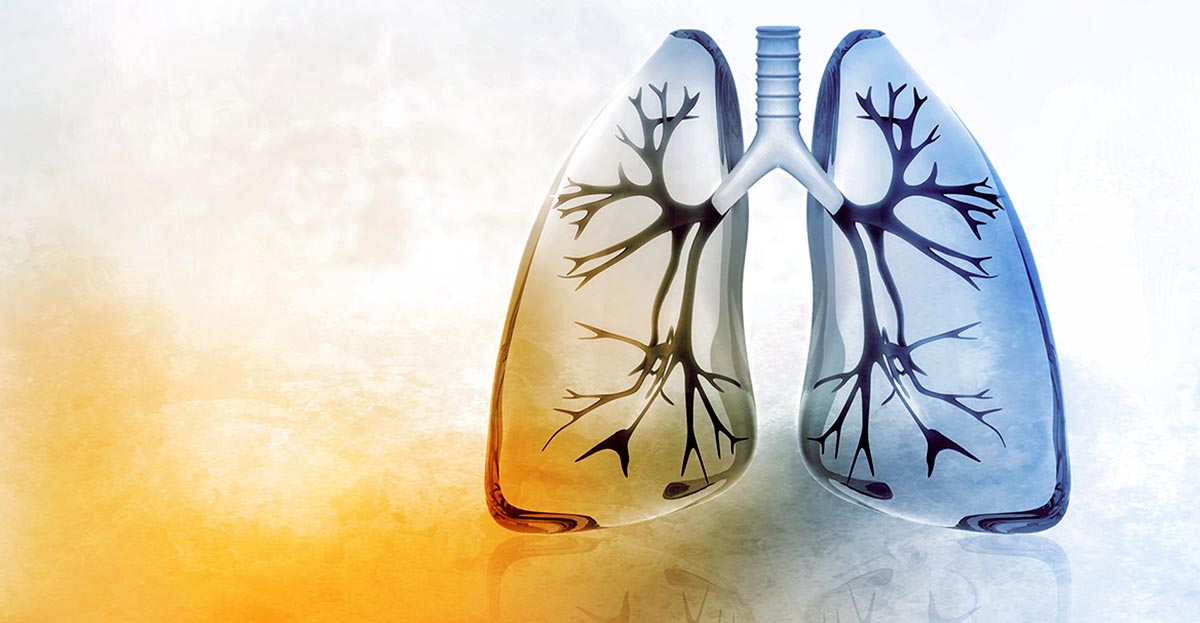Breathing Easy with Respiratory Therapists
- Category: Health & Wellness, Lung Health
- Posted On:
- Written By: Mark Hadley

Respiratory Care practitioners, or Respiratory Therapists, are the firefighters of the healthcare team at Lompoc Valley Medical Center: Hospital. We work hand-in-hand with the nurses and doctors who are in charge of the overall health and care plan for the hospital stay of a patient.
We deal with all patient care needs related to breathing normally. We are the experts that help identify the cause of the breathing issue with which we are presented by the clinical team. In the hospital setting, Respiratory Therapists work to decrease our patients’ work of breathing. When you breathe hard, you are using muscles that are creating lactic acid. And that means you end up breathing harder in an effort to rid your body of the acidosis or too much acid in your body fluids – which is caused by a buildup of carbon dioxide in the blood that results from depressed breathing. It becomes a vicious cycle that needs a group of professional caregivers to assist our patient getting back to homeostasis (or relatively stable equilibrium or balance).
All the equipment we use is for the sole use of decreasing the patient’s work of breathing so they do not cause harm and extra work on other organs. All people need to maintain a pH of 7.4, which is called homeostasis. Anything above 7.0 is considered alkaline, anything below 7.0 is considered acidic. A healthy blood pH (without cancer) has an acid/alkaline balance that is almost equal. A healthy body is slightly alkaline with a measurement of 7.4.
Just because you are breathing fast doesn’t mean you are having breathing issues. Respiratory therapists need to understand why you are breathing so fast. If you are short of breath because you are having a heart attack, then giving you a breathing treatment isn’t going to help. It could delay the true care needed to help that patient back to homeostasis.
The harder someone breathes does cause stress to the lungs. If the patient isn’t breathing in any humidity, their lungs will dry and harden and make breathing even more taxing to other organs and the patient’s overall health and outcomes. If we can keep our patients off ventilators, we decrease the opportunities of the patient getting an infection.
Respiratory Therapists also attend all high-risk newborn deliveries. We are the ones who help the baby breathe and make sure their little hearts are pumping after birth. Respiratory Therapists are also the managers of the life support machine called ventilators. A ventilator can control or assist anyone’s breathing with positive pressure regulation. By hooking someone to a ventilator, we can regulate the patient’s pH.
We have a host of specialized life-giving oxygen equipment we can choose. BiPap, or Bilevel Positive Airway Pressure and CPAP, continuous positive airway pressure, machines help keep our patients off of life support. The masks used can be removed if the patients need changes.
All the equipment we use is for the sole use of decreasing the patient’s work of breathing so they do not cause harm and extra work on other organs. Other factors play into Respiratory Therapists’ work.
Diabetes is a major player in acid buildup in the bloodstream that eats away at all tissues and organs that the blood comes in contact. Sugar is an acid that needs bicarbonates to buffer the pH. That buffer comes from the kidneys, which then puts the kidneys under stress. Any illness that stresses one of these organs means the others have to compensate. We live in a codependent world. We need each other as much as we need each of our organs.





